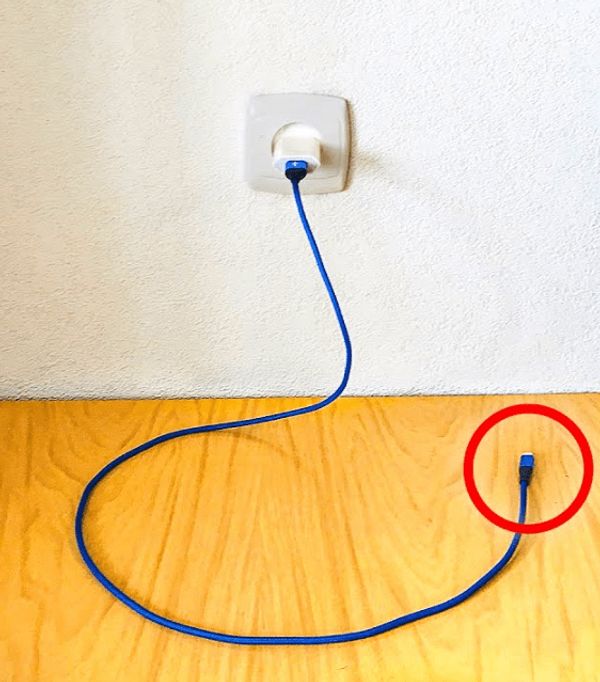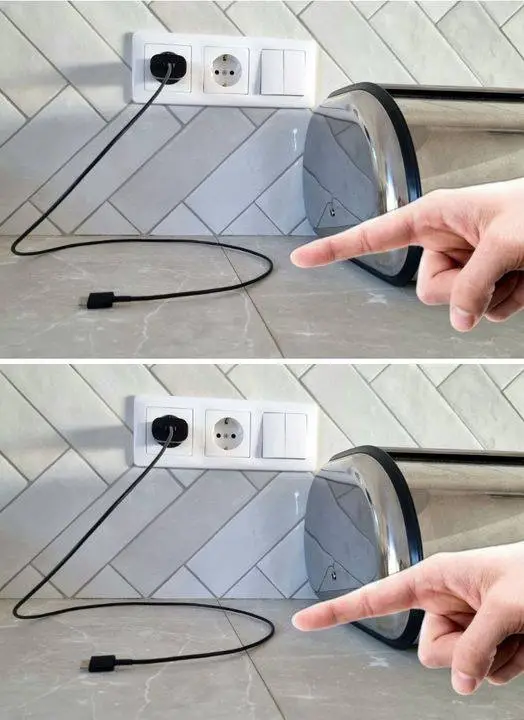If you’re someone who tends to leave chargers plugged into sockets even after your electronic devices are fully charged, you might want to reconsider your habits. Many people are not aware of the potential implications of this behavior, and it’s important to understand the risks involved.

The Hidden Power Consumption
Even when your electronic device is fully charged and in standby mode, the charger itself continues to draw power from the socket. The amount of power consumed in standby mode is relatively low, but it still exists. Over time, repeatedly leaving the charger plugged in can cause it to overheat and accelerate the wear of its internal components. This can lead to issues with the charger, such as a malfunction or even a fire hazard.

The Fire Hazard
When a charger is left plugged in for extended periods, the continuous flow of electricity can cause it to overheat. In the event of a sudden change in voltage, such as a power surge or a faulty electrical connection, the already overheated charger may start smoking and potentially cause a fire. The risk is even higher when the charger is connected to the mains for a prolonged period.
Ensuring Home Safety
Apart from the risk of fire, it’s important to consider the safety of your home, especially if you have young children or pets. A charger left plugged into an outlet with a cord attached can pose a serious risk of electric shock. Children and pets are naturally curious and may attempt to play with or chew on the charger, leading to dangerous situations.
It is crucial to create a secure environment at home by unplugging chargers when they are not in use. By adopting this simple habit, you can minimize the risk of fire, extend the lifespan of your charger, and ensure the safety of your loved ones.
Remember, taking a few extra seconds to unplug chargers can go a long way in protecting your home and preventing potential hazards. Stay safe!





